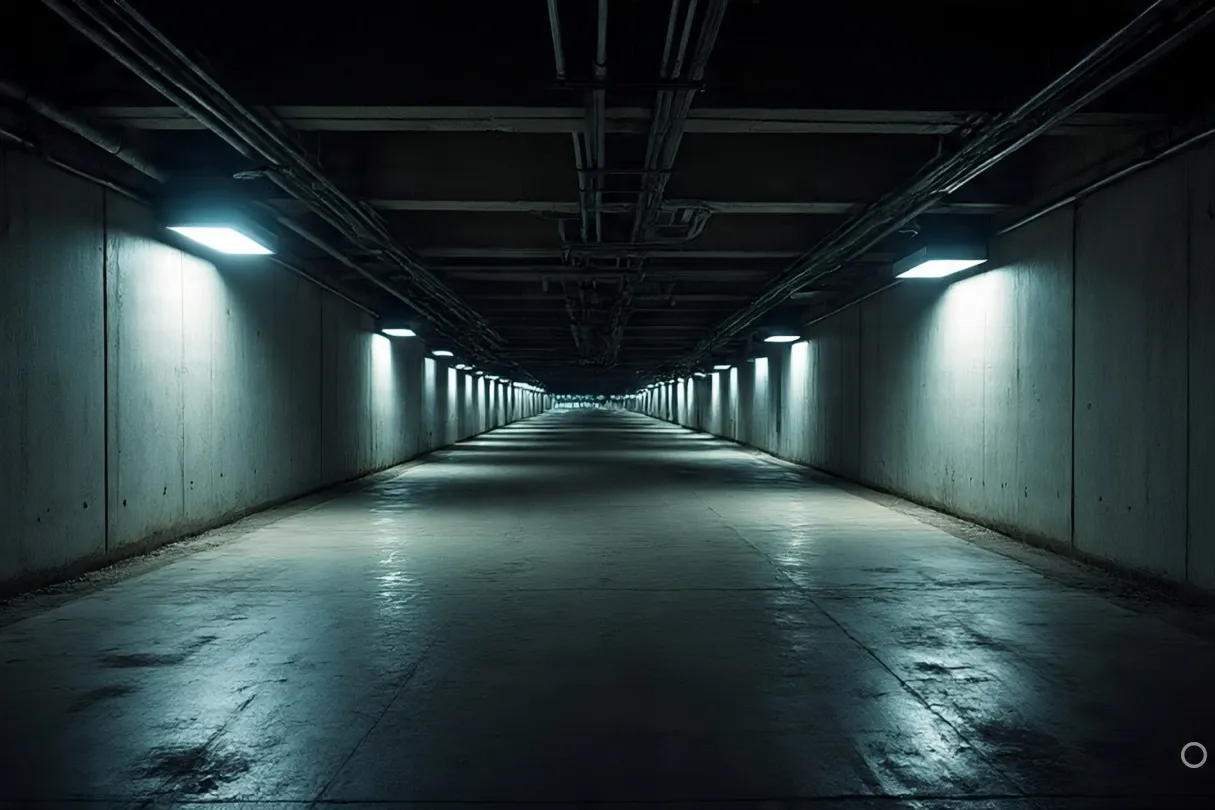🛫 Singapore’s Jewel and Its Shadowy Rumors
Changi Airport is often hailed as the best airport in the world—famous for its indoor waterfall, butterfly garden, and futuristic design. But beyond the glimmering terminals and robot-cleaned floors, there’s another story whispered in online forums and late-night Reddit threads: that deep below Changi lies a network of secret tunnels, unknown chambers, and high-security zones hidden from public view.
- 🛫 Singapore’s Jewel and Its Shadowy Rumors
- 🕳️ What the Conspiracy Claims
- 🛰️ How These Theories Take Off
- 👷♂️ The Logistics Reality: What’s Actually Down There
- 🔒 Security Culture and the Allure of the Hidden
- 📡 A Look at Satellite Clues
- 📣 Why These Stories Persist
- 🔍 Myth, Infrastructure, and Modern Imagination
Conspiracy theorists argue it’s not just about baggage conveyors or emergency exits. The claims range from clandestine military routes and elite transportation networks to holding cells for unidentified “detainees.” Some even go as far as suggesting the tunnels connect to other secret government facilities across the island.
But is there any truth beneath the runway?
🕳️ What the Conspiracy Claims
Like all good urban legends, the Changi tunnel theory has multiple versions. Here are the most persistent ones circulating online:
🔻 Alleged functions of the tunnels include:
- Secret military transport or evacuation pathways
- Holding facilities for high-profile suspects
- Elite fast-track immigration routes for powerful global figures
- Backup control centers in case of national emergency
- Underground links to military airbases or data centers
What fuels these theories is the scale and precision of Changi’s construction. With multiple terminals, secure perimeters, and top-tier surveillance, some believe what we don’t see is more important than what we do.
🛰️ How These Theories Take Off
The Changi tunnel story isn’t unique. Other major airports have been wrapped in similar conspiracies:
| Airport | Alleged Conspiracy | Truth |
|---|---|---|
| Denver International | Built by the Illuminati, underground cities | Confirmed underground luggage system |
| Area 51 (US) | Alien aircraft testing site | Officially an Air Force testing range |
| Chek Lap Kok (HK) | Surveillance base under airport | Standard logistical underground tunnels |
High-security, high-budget, and high-tech spaces naturally breed speculation. Add limited public access and a reputation for government secrecy, and you’ve got a perfect recipe for imagination to run wild.
👷♂️ The Logistics Reality: What’s Actually Down There
We spoke (off the record) to two aviation staffers who have worked on the logistics side of Changi. They shared that underground areas definitely exist—but they’re far less mysterious than conspiracy fans would like.
“There are tunnels, sure. They’re mostly for baggage handling, waste systems, and emergency maintenance. It’s hot, industrial, and smells like machine oil—not secrets.”
“VIPs might have private corridors or entrances, but there’s no James Bond bunker. It’s just a really well-designed airport.”
Publicly available blueprints and satellite imagery also confirm what you’d expect: substructures for mechanical systems, waste disposal, and underground car parks. There is no credible evidence of unauthorized or unlisted tunnel networks.
Still, the idea lingers.
🔒 Security Culture and the Allure of the Hidden
Singapore has a reputation for control, surveillance, and order—qualities that make citizens feel safe, but also feed a sense of the unseen. In high-functioning systems, transparency can sometimes take a back seat to efficiency.
That creates a fertile ground for myth:
- Security cameras are everywhere
- Uniformed personnel seem to appear instantly
- Restricted zones are tightly guarded and unexplained
Combine that with the airport’s link to the military (like Changi Air Base nearby), and you can see why some believe there’s more below the surface.
📡 A Look at Satellite Clues
Online sleuths have scoured satellite maps of Changi looking for strange vents, blocked-off zones, and unusual road structures. Most findings are inconclusive and can be explained by:
- Underground storm drains
- Ventilation outlets for deep-level utilities
- Storage bunkers for disaster preparedness
Nothing points definitively to a vast secret tunnel network. But as with all conspiracies, the lack of proof is often reframed as proof of a cover-up.
📣 Why These Stories Persist
Urban legends stick around for a reason. In a place like Singapore—where media is tightly regulated and secrecy is part of national strategy—conspiracies serve as imaginative responses to tightly controlled narratives.
✨ Theories around Changi’s hidden tunnels represent:
- Public curiosity about government operations
- An emotional reaction to authority and infrastructure
- The human tendency to fill gaps in knowledge with drama
In short, when you build the world’s most perfect airport, people will naturally ask, “What are they hiding?”
🔍 Myth, Infrastructure, and Modern Imagination
While there’s no solid evidence of sinister activity under Changi Airport, the tunnel conspiracy endures as a fascinating mix of infrastructure wonder and human speculation.
In a world of polished surfaces, high-speed efficiency, and national pride, the hidden places—real or imagined—carry symbolic weight. They represent the parts of the state the public doesn’t see, doesn’t question, and perhaps will never fully understand.
And maybe that’s exactly why the myth persists.




